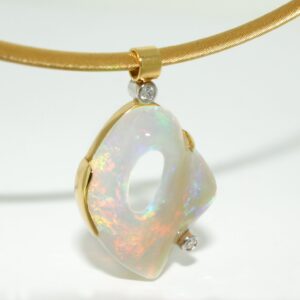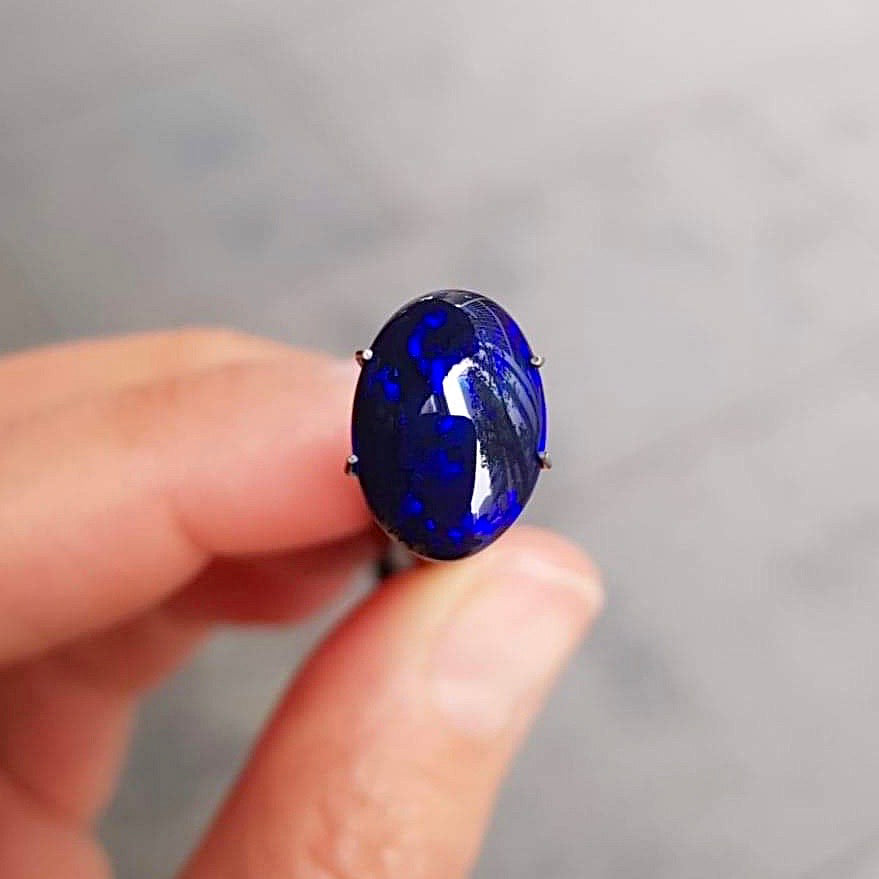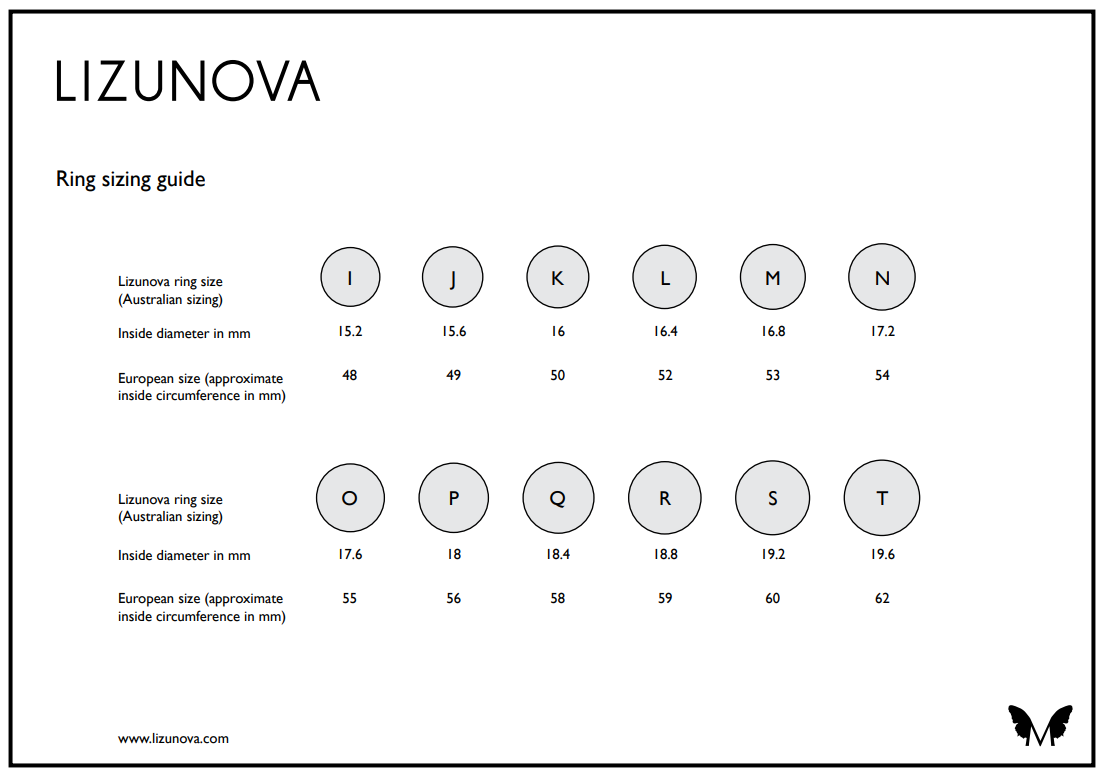OPAL TYPES AND COLOURS
There are two main types of opal – precious and common. Precious opal displays iridescence, or play of colour, due to the diffraction of light off the tiny, closely packed silica spheres in the atomic lattice of the gem. Common opal does not possess iridescence due to its silica spheres being random in shape, size and arrangement.
Opal forms in sedimentary rocks or where low temperature solutions bearing silica can percolate through rocks becoming rich in dissolved silicates. Depending on the conditions in which it formed, opal may be transparent, translucent, or opaque and the background colour may be white, black, or nearly any colour of the visual spectrum. Black opal is considered to be the rarest, whereas white, grey and green are the most common.
Precious opal is one of the rarest gems on our planet. Australia is blessed with 90% of the finest precious opal including the famous black opal from Lightning Ridge in NSW. Precious black opal has a black body colour and can sometimes display all the spectral colours when viewed from different positions. Vivid greens and blues are the most common colours, while flashes of red are the rarest. Some precious opals can display distinct patterns such as “Harlequin”, with close set broad patches of colour resembling a mosaic with angular play of colour, and “Chinese Writing”, resembling Asian script, usually in gold and green.

Precious crystal opal from Andamooka, South Australia. Image: Lizunova Fine Jewels.
Opals are commonly cut as cabochons with freeform shapes. This is accepted practice and a result of the cutter wanting to maximise the opal and the colour play found in the rough material. The play of colour and shapes make each opal unique.
Precious black opal from Lightning Ridge (NSW, Australia) set in a gold ring with Ceylon sapphires. Ring and image: Lizunova Fine Jewels.
SOURCES OF OPAL
Precious black opal: Australia (Lightning Ridge, NSW), precious white opal: Australia (Coober Pedy, Andamooka, SA). Opals are also found in Mexico, Brazil, US (Nevada and Idaho), Ethiopia, Honduras, Indonesia, Japan, Peru and Russia.
PRICING OPALS
Opals are all about colour, so the better and more even the colour, the higher the value of the opal. A good stone should have colour spread across the entire surface, with no blank patches.
OPAL CARE
Opals are more delicate than some other gems, e.g. diamonds or sapphires, but well worth the extra care. Solid opal should be cleaned gently with mild detergent in lukewarm water and a soft toothbrush or cloth. Avoid bleach, chemicals, pool chlorine and harsh detergents. Opal is heat sensitive and should never be cleaned in ultrasonic cleaners. As with any other precious gem, avoid wearing opal jewellery where it will get rough treatment, such as gym or gardening. Best to remove opal jewellery before showering and applying creams and perfumes to protect your gem.
SPECIFICATIONS
Hardness: 5.5-6.5 Mohs
Specific Gravity: 1.96-2. 5.
Refractive Index: 1.37-1.47
Cleavage: None
Dispersion: Very low
Sources: gemsociety.org, lizunova.com, The Jeweller’s Directory of Gemstones, Judith Crowe



